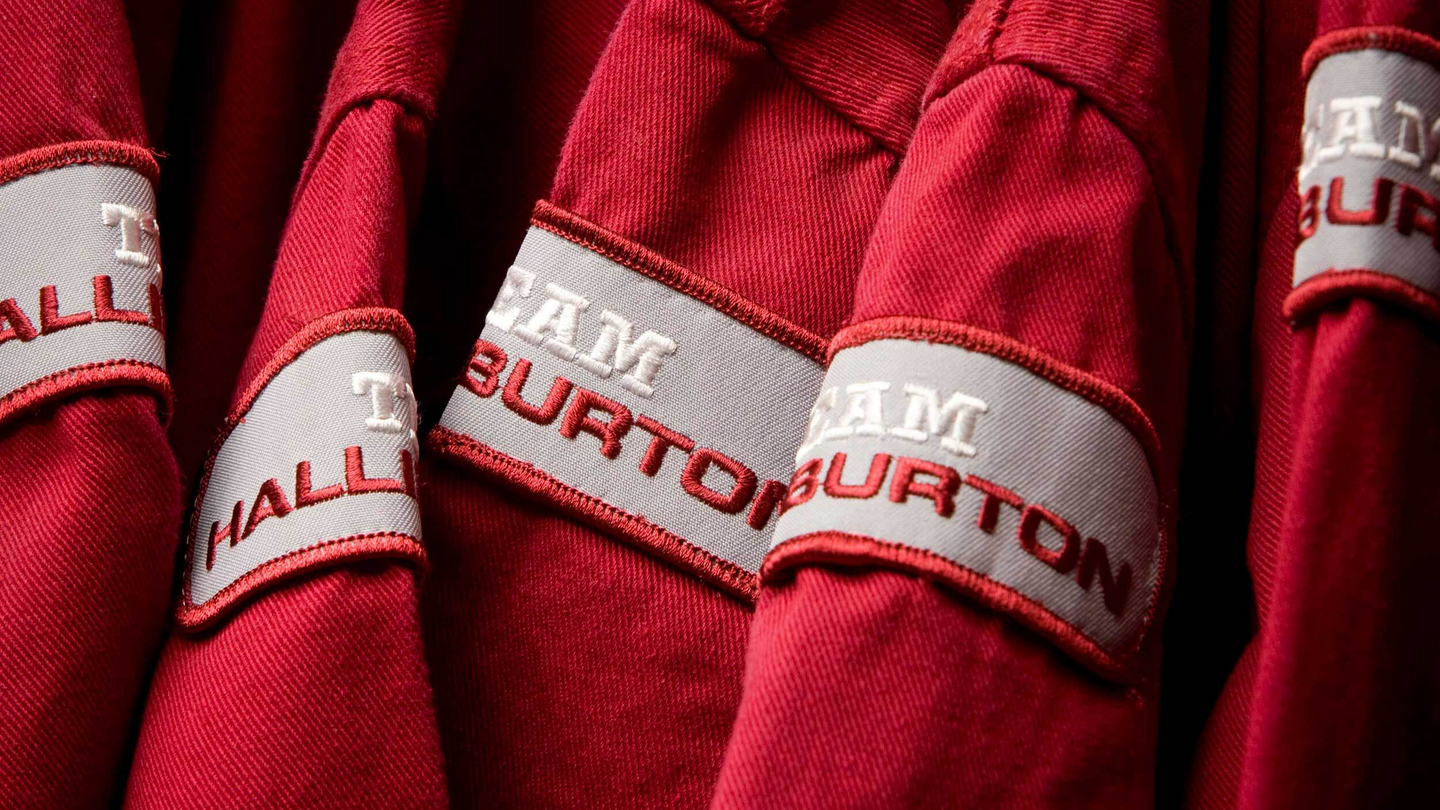 Search
Search
 Search
Search
Ultrasonic imaging service enhances reservoir understanding in oil-based mud
Download PDFMature Fields

Optimize the completion design in a 6-inch wellbore
Middle East
Engineered drilling solution, including:
An operator needed high-resolution images to help optimize the completion design in a 6-inch wellbore within a formation known to have wellbore stability issues. Although highresolution images are available in oil-based mud (OBM) by using wireline technologies, high-angle wells where mud losses are anticipated make the use of logging-while-drilling (LWD) technologies preferable. The PixStar™ high-resolution ultrasonic imaging service from Halliburton Sperry Drilling has the advantage over conventional LWD technologies because it delivers the resolution required to identify fractures in OBM, helping operators enhance reservoir understanding and optimize their fracture and completion programs.
During the drilling operation, mud losses were observed using a mud weight of 15.5 ppg. To cure the losses, the mud was displaced to a lighter mud, 13.3 ppg. A 4¾-inch PixStar imaging service was added to a Geo-Pilot® 5200 rotary steerable system (RSS) bottomhole assembly – in addition to ALD™ and CTN™ sensors for density and neutron porosity measurements, XBAT™ azimuthal sonic and ultrasonic LWD sensors for acoustic measurements, and MRIL®-WD™ magnetic resonance imaging LWD sensors – for drilling the rest of the hole section. Upon completion of the well, the memory data was analyzed, and the 256-sector acoustic impedance images from the PixStar service were used to assess borehole fractures and geological features. The images provided a clear indication of fractures and borehole enlargement over the zone where the mud losses were observed. The interpreted bed dips from the images were consistent with the known field structure.
Further processing of the data identified 255 features over the 1,530 feet (466 meters) of logged interval. By knowing fracture locations, and interpreting their dip and strike, Halliburton enabled the operator to optimize its completion design and maximize asset value.
feet of logged interval
fractures identified
reservoir features identified
The service delivers the resolution required to identify fractures in OBM, helping operators enhance reservoir understanding and optimize their fracture and completion programs.
Explore